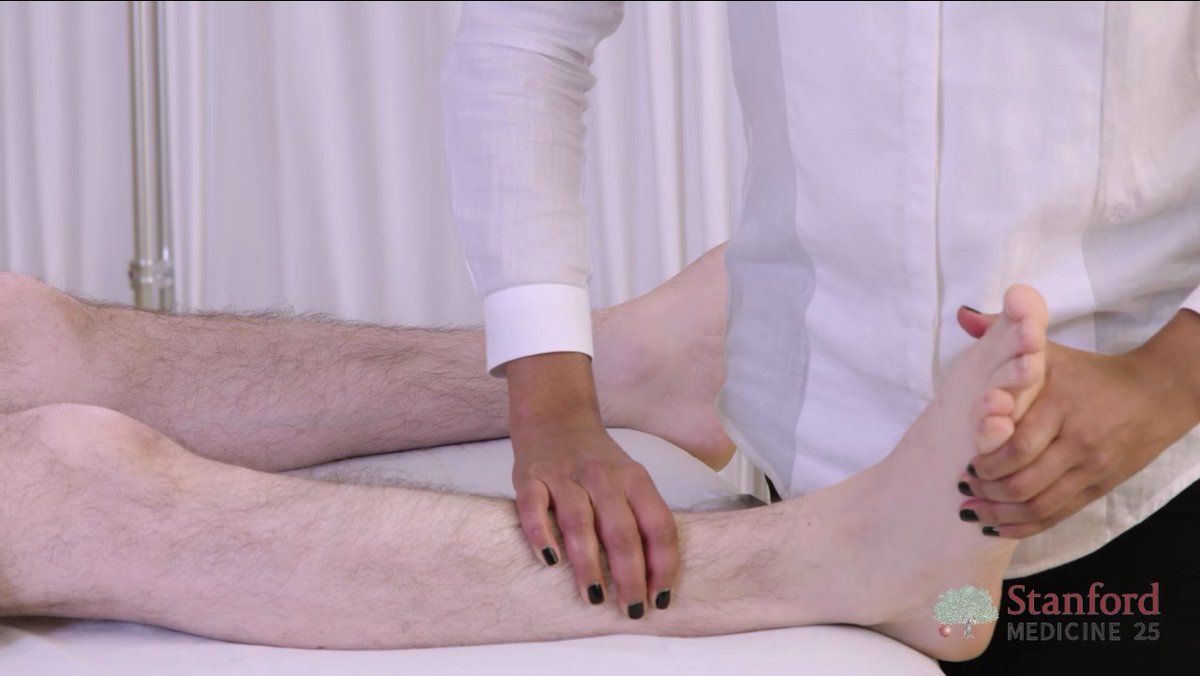
Stanford Medicine 25
@StanfordMed25
We love medicine and teach it with an emphasis of the physical exam! Maintained by Dr. Errol Ozdalga @eozdalga
An important reminder on draping during physical exams from @CollegeofPTs' Fiona Campbell, PT: "This is a chance for you to help create a safe, comfortable space for your patients." More on draping in our recent blog post: stanford.io/44abIOA

When palpating the low back, we generally focus on two areas: 1. Center of spinal region – Pain here suggests pain from the from the vertebra 2. Just lateral to center or para-spinal regions – Pain here suggests muscle strain of the paraspinal muscles stanford.io/2VAoTDP
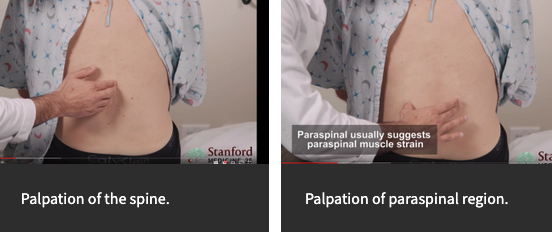
Medical draping is just one of many opportunities to bring comfort & healing to patients during physical exams. See 10 tips to remember during your next patient encounter: stanford.io/44abIOA

Keeping your patients properly covered during exams helps ensure comfort & also impacts technical aspects of the exam. Read more in this #StanfordMed25 blog post: stanford.io/44abIOA

The human hand is a powerful conduit for healing — but don't just take our word for it! Here's what the research says: stanford.io/4lgoeU9

Visit stanford.io/4lAGaIV to see #StanfordMed25's approach to the #tremor #PhysicalExam.

Touch interventions — whether they come from someone familiar or from a healthcare professional — are shown to reduce feelings of depression, anxiety & physical pain. The human hand plays a key role in healing! stanford.io/4lgoeU9

#StanfordMed25 founder @abe_verghese has long emphasized "the power of the human hand to touch, to comfort, to diagnose & to bring about treatment." Research also supports this! More in our blog post: stanford.io/4lgoeU9

If you're passionate about bedside medicine, physical exam techniques & the patient-physician connection, you've come to the right place! Here's a quick look at what #StanfordMed25 is all about. Learn more: stanford.io/4kudBfe
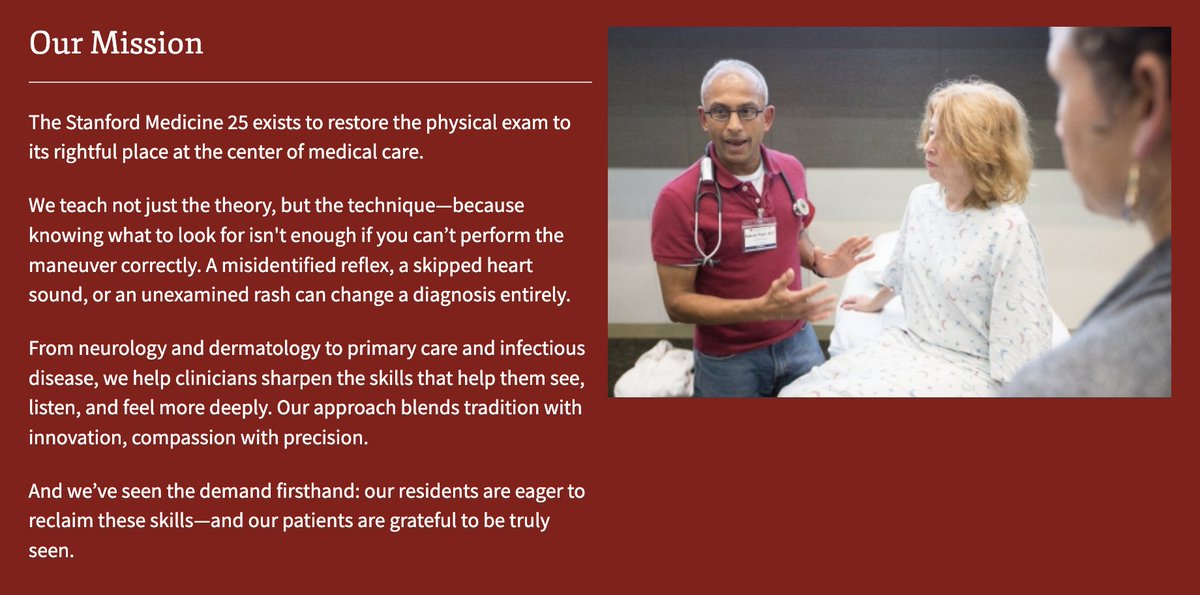
Major categories of hyperkinetic movement disorders include tremor, tics, myoclonus, chorea, athetosis, dystonia & hemiballismus. See more on movement disorders from #StanfordMed25: stanford.io/4lAGaIV

Why is "25" part of our name? It's symbolic! We started with 25 key physical exam techniques — not because there are only 25 worth knowing, but because we had to start somewhere. Think of "25" as a call to action — to start, learn, master & then carry those skills to the bedside!
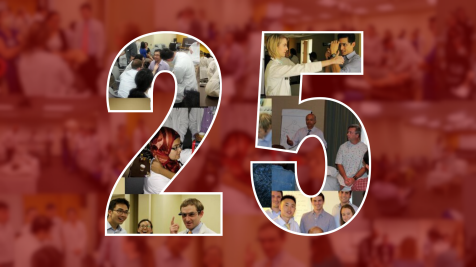
An introduction to the low back #PhysicalExam from #StanfordMed25 --> stanford.io/2VAoTDP
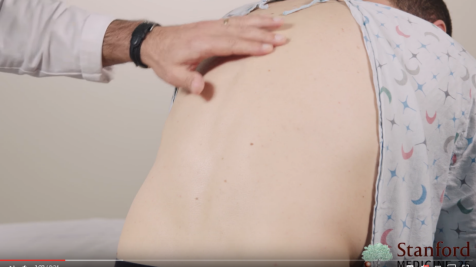
When evaluating tremor, remember that a physiologic tremor is present in almost everyone & is a normal finding that usually cannot be seen unless worsened in certain situations, including: anxiety, fear, physical exhaustion, hypoglycemia, etc. stanford.io/4lAGaIV
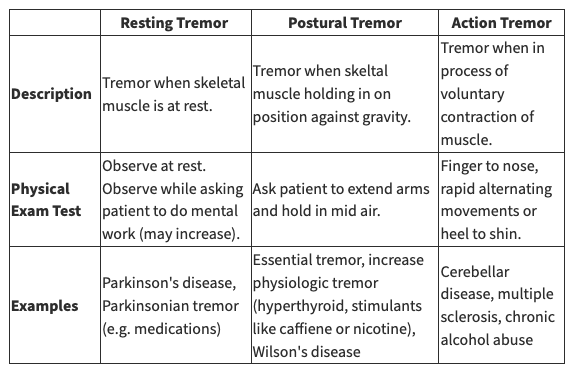
#PlantarFasciitis is the most common cause of heel pain. Pain is usually described as sharp & tends to be more intense with first steps after long periods without weigh bearing. See how we use the physical exam to confirm plantar fasciitis: stanford.io/2R5m5Ql
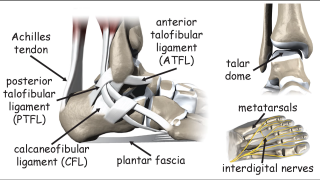
Pediatric #cardiologist Tom Collins demonstrates the cardiovascular exam of a newborn & provides a realistic reproduction of some #HeartMurmurs that might be encountered in early infancy. stanford.io/400fsB8
Tip for the low back #PhysicalExam: Inspection is best done by first observing your patient first standing upright, then again bending forward while still standing. More tips --> stanford.io/2VAoTDP
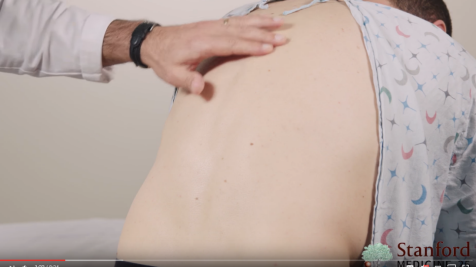
Check out these quick notes on the low back physical exam! For more tips on inspection, palpation, provocative tests, the neuro exam & awareness of more concerning causes of back pain: stanford.io/2VAoTDP
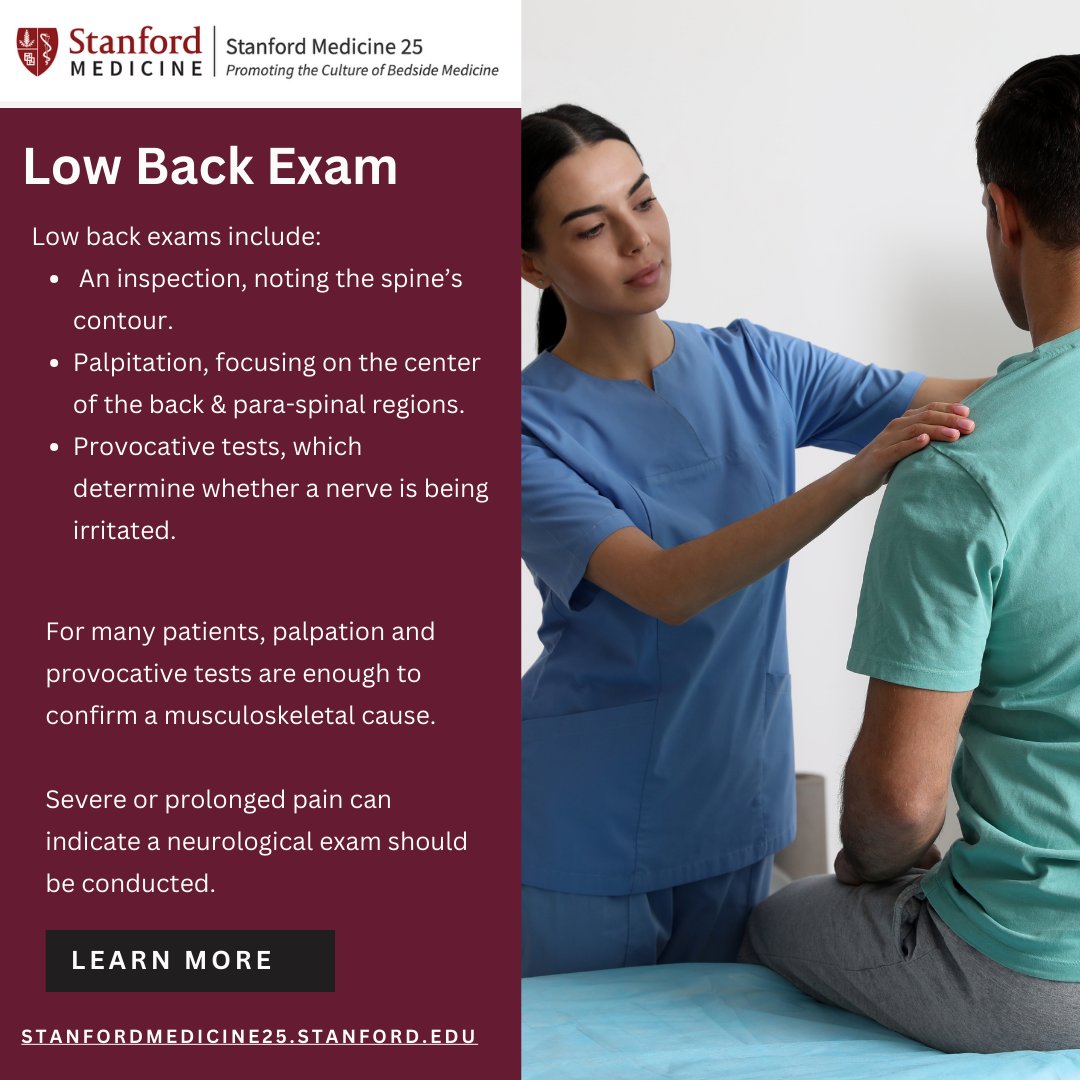
Common causes of foot & ankle pain include: ankle sprain, ATFL rupture, achilles tendonopathy, plantar fasciitis & more outlined in this #StanfordMed25 guide: stanford.io/2R5m5Ql
